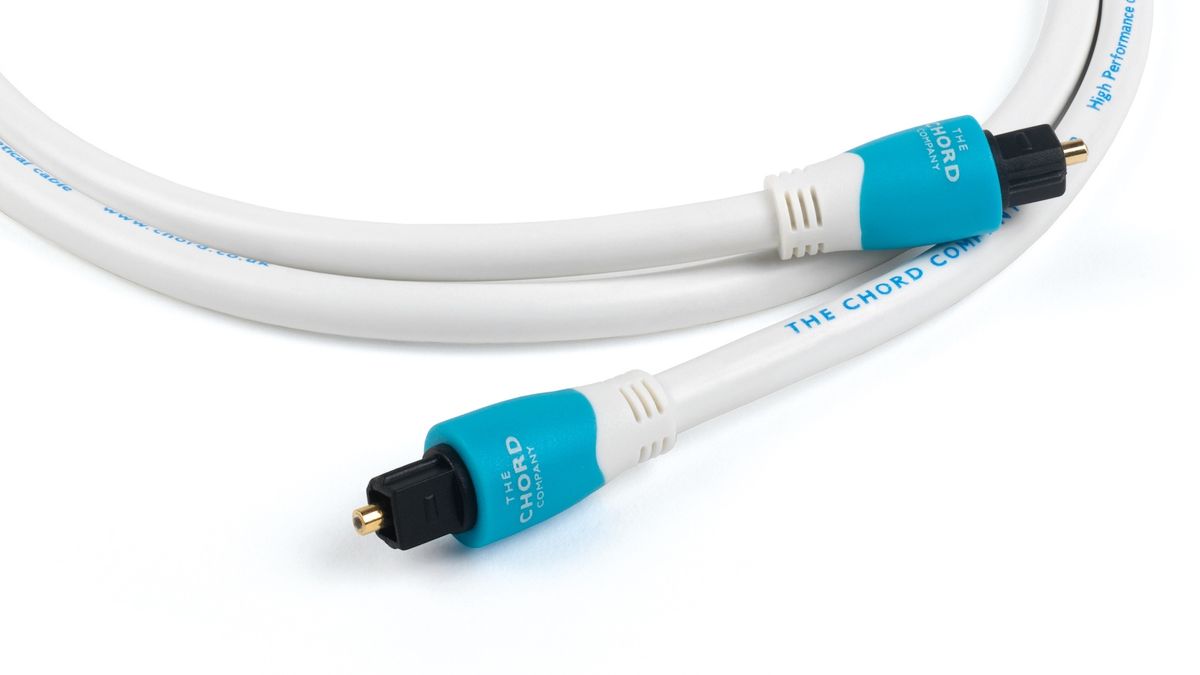to be frank, it seems so strange that in this day an article with so many misconceptions would be written. Not only can optical support 192k bandwidth (was literally listening to a 192k FLACC over optical when I read this) that wouldn’t have any affect whatsoever on streams at a lower sample rate. It isn’t like the bits are frolicking more freely in copper, making those treble notes more sweet.
furthermore the question of interference; because the signal is Digital it’s either there or it isn’t. While some massive amount of interference might potentially flip a low bit to a high bit, if you have that level of interference in your system then something else is certainly very, very wrong, and your cable choice is the least if your worries. If such digital interference is audible, it’s going to completely wreck the stream - not just some sort of subtle effect - that’s how digital works, it either is or it isn’t.
While 20 years ago these sorts of misconceptions about digital signals were understandable, today it should be common knowledge that digital interference is not the same as analog interference and behaves completely differently.
Now I think the biggest advantage of coaxial over consumer optical is that coaxial is will work better over distances greater than ten feet, though I could be wrong about that.


